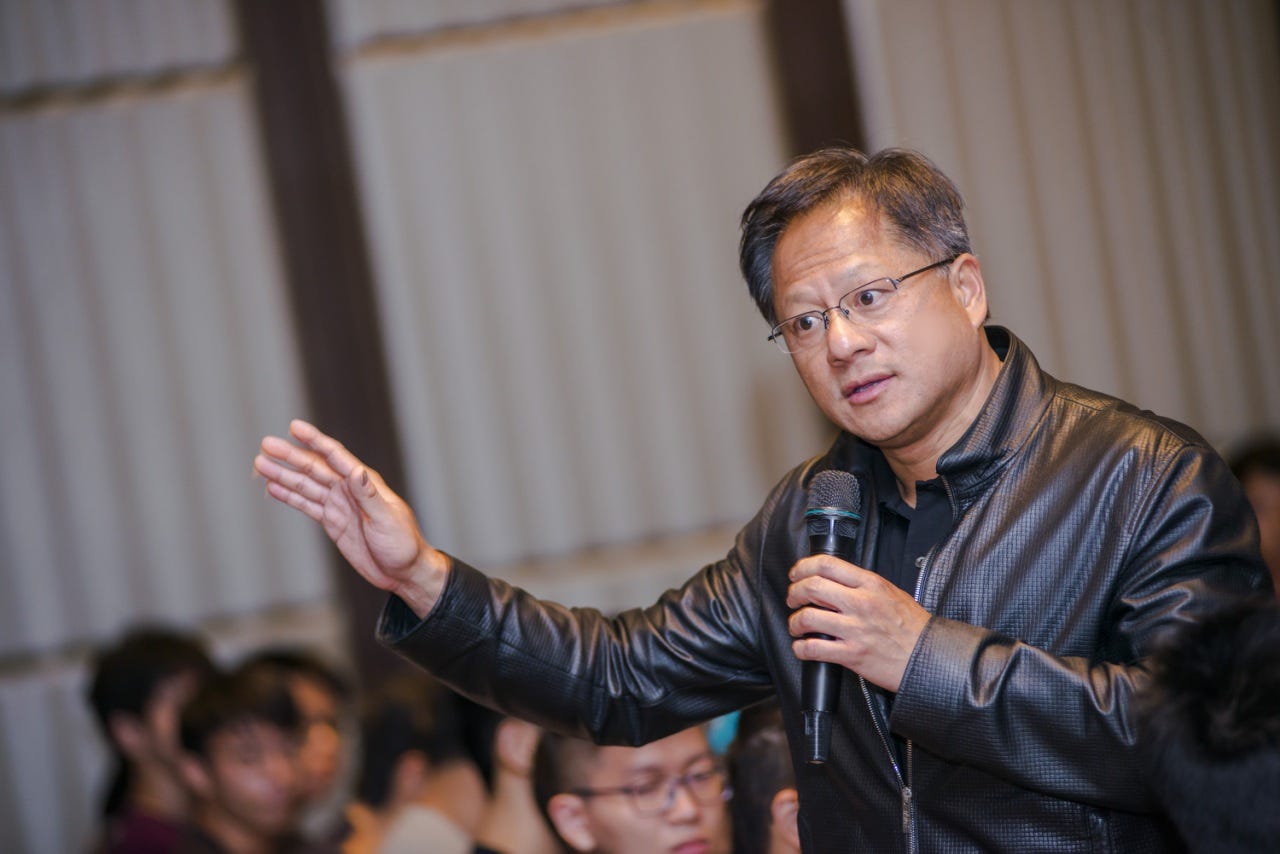Sustaining Nvidia's Long Game
Jensen Huang's vision for a GPU computing revolution and Nvidia's approach to innovation

If you’re interested in Nvidia, then you’ve probably got the latest podcast on Nvidia from the Acquired team lined up in your favourite player. If you haven’t then you should. It’s terrific.
This is the third episode of a series and the podcast now has 7 hours of discussion on Nvidia (Parts 1 and 2 are here and here).
And of course outside of the tech community Jensen has become a celebrity.
On the other hand, Wired have just published a blockbuster article by Steven Levy on OpenAI, featuring Sam Altman and senior members of the OpenAI team. It’s a great, very long - 11,000 word - read, albeit one that’s not short on hyperbole:
The maelstrom OpenAI has unleashed will almost certainly be far bigger. But the leaders of OpenAI swear they’ll stay the course. All they want to do, they say, is build computers smart enough and safe enough to end history, thrusting humanity into an era of unimaginable bounty.
And, maybe I’m being a little pedantic, but OpenAI are not actually building any of the computers they are using. Nvidia, who are building the key hardware that OpenAI is using, doesn’t get a mention at all in the Wired article.
Perhaps this is an oversight, or a one off. Maybe.
I still get the impression that there is an underlying narrative in much of the discussion of recent developments in AI. It can be summed up simply as follows: Nvidia has been extremely well managed and positioned, but is still something of a fortunate beneficiary of the AI boom.
We saw in Nvidia’s Embarrassingly Parallel Success that:
… Jensen Huang and Nvidia could have had no idea that either of these two major use cases [AI or Cryptocurrency] for CUDA [Nvidia’s platform for general purpose computing on GPUs] would be so important, let alone that they would be as valuable for Nvidia as now seems likely.
Which seems to support this argument.
So we can admire Jensen for creating his own luck, but it was still luck.
Is this fair?
To try to answer this question we can use our time machine and go back to the Hot Chips conference in 2009, where Jensen gave the Keynote ‘The GPU Computing Revolution’.
The rest of this edition is for paid subscribers. If you value The Chip Letter,then please consider becoming a paid subscriber. You’ll get additional weekly content, learn more and help keep this newsletter going!



